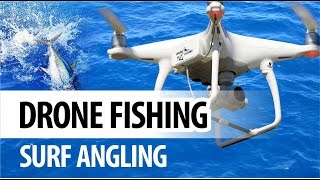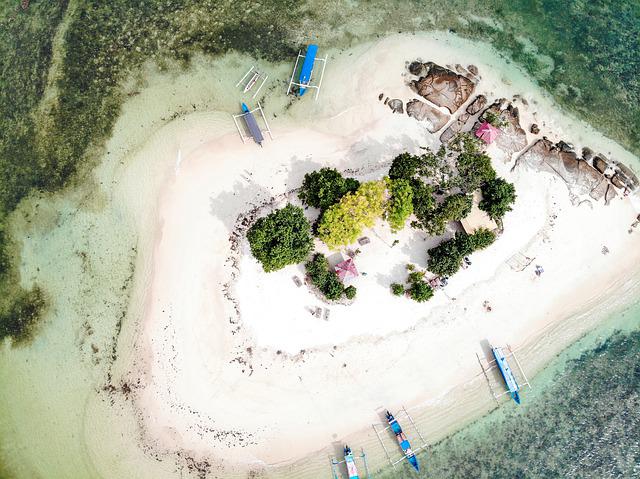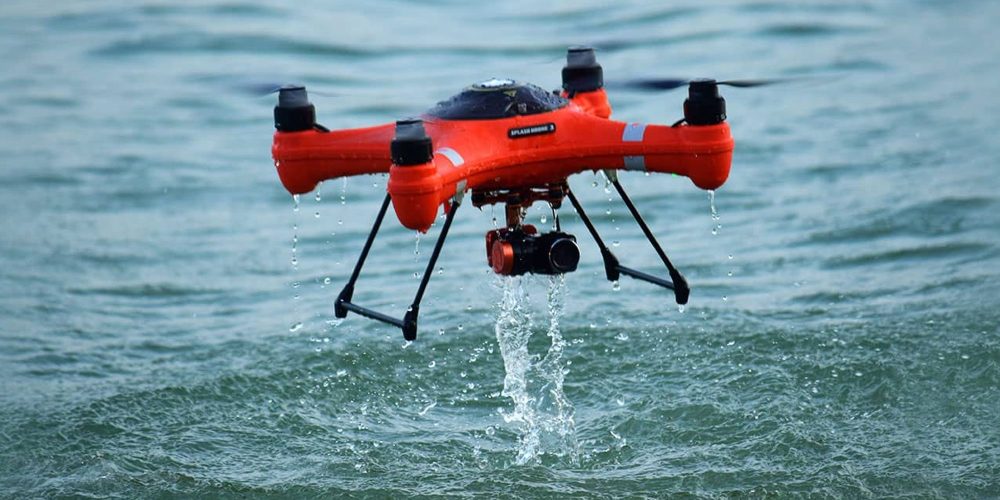
In this article, we'll look at the basics of a drone fishing rig. We'll also talk about what to watch out for when you choose your drone, the battery life, and the payload. Next, we will discuss how to get the best drone. Keep reading to learn more. Soon you will have the drone of dreams! Let's get !... going and maybe even catch a few more fish!
Basic drone fishing equipment
A good set of hooks is the most important thing when you want to begin drone fishing. You should double the fishing line and use mono or braid. The fishing line should be doubled and tied with a Cat's Paw Loop (or Uni knot). A sinker, weighing between two to eight ounces, and hooks to attach each section to the backbone will be required. Finally, you will need to attach the lead loop of a snap swivel and end loop of your drone.
There are many options for creating a fishing drone. Attaching a hook and spinning the drone until the line releases is a basic way. A dropper to keep your fishing line under the drone is another option. A dropper allows you to keep the main line below the drone without getting tangled with the propellers. The fishing drones can also be equipped with accessories, such as a battery pack and a dock.
Once you have the basic drone fisherman rig purchased, you will need additional equipment. You'll need a fishing line of approximately 700 meters and a bait-dropping tool. These are all optional extras, but will make your drone fishing experience more enjoyable. A good drone will give you a clearer view of your surroundings, and you'll be able to spot fish more easily.

Payload for drone fishing equipment
If you're planning on catching a fish using a drone, you need to be aware of the safety measures that need to be taken. Your drone should not be flown in strong winds or rain. Here are some guidelines to follow:
First, ensure that your drone is strong enough to carry your weight. It won't be stable if loaded with braided rope or heavy lures. The wind could also cause the drone to drift off course if it is fishing in a coastal area. You should also check the local laws and regulations as some might not allow drone fishing. A drone with good carrying capacity is essential if you plan to fish from it.
Next, determine the accessories that you'll need for your drone. To reduce weight distribution problems, a good rule of thumb is that your rigging system should have a central attachment. The motor struts of the drone, landing gear, as well as the legs are the most appropriate attachment points. It is important to avoid attaching any payload to the camera and gimbal because these can damage them. A simple solution is to tie a length of fishing line from one corner to the other. To stop the line from falling out, you can attach tape to it.
Battery life of drone fishing rig
Before you go fishing with the drone, check that the batteries are charged and all other equipment is working properly. This will allow you and your drone to have a longer battery life. Some drones have solar panels or car batteries that allow you to charge them. Be sure to have fully charged batteries before you begin. This will make sure your drone is ready when you arrive at your fishing spot.

Another important factor to consider is the drone's flight time. Although some drones have longer flight times, others can fly for as little as twenty-two seconds. This is a great option if you plan to spend hours on the ocean with your drone. A drone that has limited endurance is likely to be unusable and renders it impossible to catch fish.
After setting up your fishing rod, attach the fishing clip to the drone's legs or motor struts. Attach the bait to your fishing line. When you are ready to drop your bait, make sure you lock the reel. Once you release the line, tension will build and the drone will drop the bait in the water. The battery may not work properly if it isn't charged after each use.
FAQ
What are the rules and regulations for drones operation?
You need to register your drone with the FAA. The registration process requires you to provide information about your device, such as its weight, dimensions, battery capacity, operating frequency, and battery life. It also requires you to obtain an identification number from the FAA.
Is it possible to fly my drone in my backyard?
Yes! These are called UAVs (unmanned aerial vehicles). There are many types of drones on the market today, including small quadcopters and large fixed-wing aircraft. New rules have been issued by the FAA regarding commercial use of UAVs. This means that you can legally fly them for business purposes. You should be aware, however, that UAVs flying near airports can cause interference with air traffic control systems. To operate one, you will need to obtain permission from the local authorities.
Can someone spy on your with a drone
Yes, anyone can use drones to spy on them. You can protect yourself against drones by being aware of them and avoiding areas where they might fly. Notify 911 immediately if you find a drone in your vicinity.
Which US states allow drones?
Legally, you can operate a drone to perform hobby tasks. The Federal Aviation Administration (FAA), has established guidelines that allow the use of small unmanned aircraft systems (UASs). Before they can be flown, these UASs need to be registered with FAA. If certain conditions are met the FAA will allow commercial operators to fly these drones.
What laws apply to flying drones?
In the United States, the Federal Aviation Administration (FAA) regulates all aspects of drone operations. First, you need to obtain a FAA certificate in order to operate a drone commercially. First, you need to take a course about piloting and pass an exam. The agency will require you to pay a fee.
Statistics
- According to industry research from ZipRecruiter , there are 10 cities where the typical salary for a Drone Pilot job is above the national average. (dronesgator.com)
- According to Indeed, a drone pilot gets paid $25.73 per hour on average in the US. (dronesgator.com)
- According to ZipRecruiter, the minimum hourly wage of drone pilots is $20. (thedroneu.com)
External Links
How To
How to Fly Drones with Beginners
A drone refers to a remote-controlled aircraft designed for aerial photography, surveillance and scientific research. The technology behind drones has been around since World War II. DJI's Phantom series of quadcopters was the first to be commercially used. From beginner-friendly drones such as Parrot AR Drone 2.0 through professional-grade multirotor craft like DJI Mavic Pro, many types have been available.
You can fly a drone in many different ways, including:
-
Remote control – This technique uses a control device attached directly to your hands that allows you steer the drone around its flight path. There are two main types, On/Off switches (like radios) and joysticks.
-
Manual Control - Using a smartphone app, this method allows users to remotely operate the drone via GPS coordinates. You must keep track of the location where you want the drone to go and follow the instructions from the app.
-
Autonomous Flight - This method involves leaving the piloting duties to the drone itself. It is basically flying autonomously and without human intervention. The drone must be equipped with a camera and sensors that can capture images and data in order to fly autonomously.
-
Triggered Flight – This method is very similar to manual flight. The pilot creates a route that the drone will follow until it reaches the destination. After the preprogrammed route is complete, the drone will automatically land and return to its base.
-
Landing Gear – Some drones are equipped with landing gear, which allows them to safely land if they lose power during flight.
-
Goggles: Some pilots use goggles in order to protect themselves against debris when operating.
-
Camera - You can capture photos and videos with your drone from the air.
-
Obstacles. Some drones can have obstacle avoidance technology that stops them from hitting obstacles.
-
Speed - Drones can reach speeds up to 40 mph.
-
Battery Life - Most drones are capable of lasting between 20 minutes and three hours, depending on the power that you use.
-
Distance - Some drones can travel up 30 miles depending on the model.
-
Power source – Some drones require external power sources, others require internal batteries.
-
Weight - Some drones are lighter than others, while some models can weigh as much as 4 pounds.
-
Size - From small drones that can be carried in the palm of one's hand to larger drones that weigh over 50 pounds, drones come in a variety of sizes.
-
Price - Drones come in a variety of price categories, including high-end models which can run into the thousands and low-cost options that can start at $100.